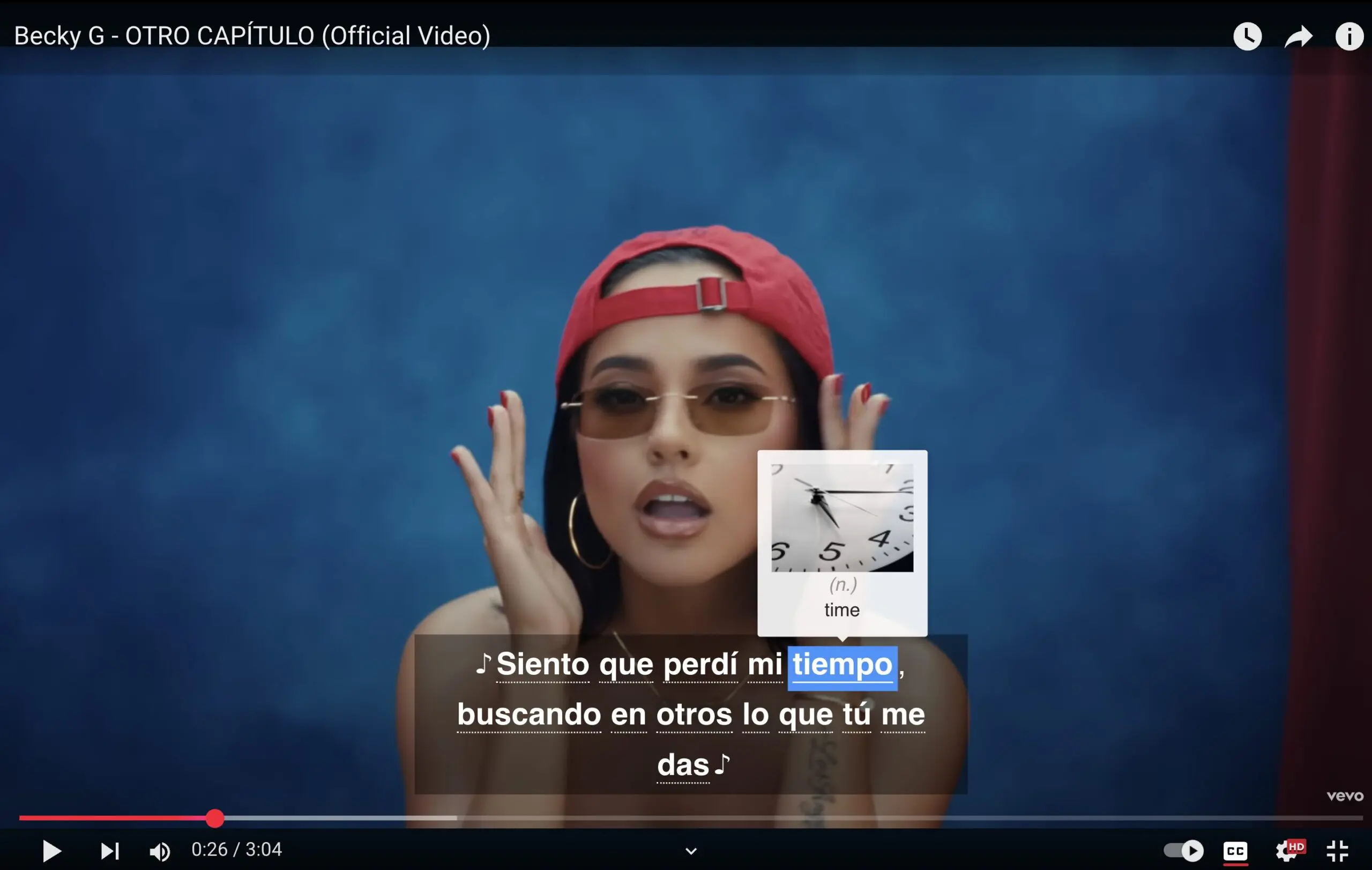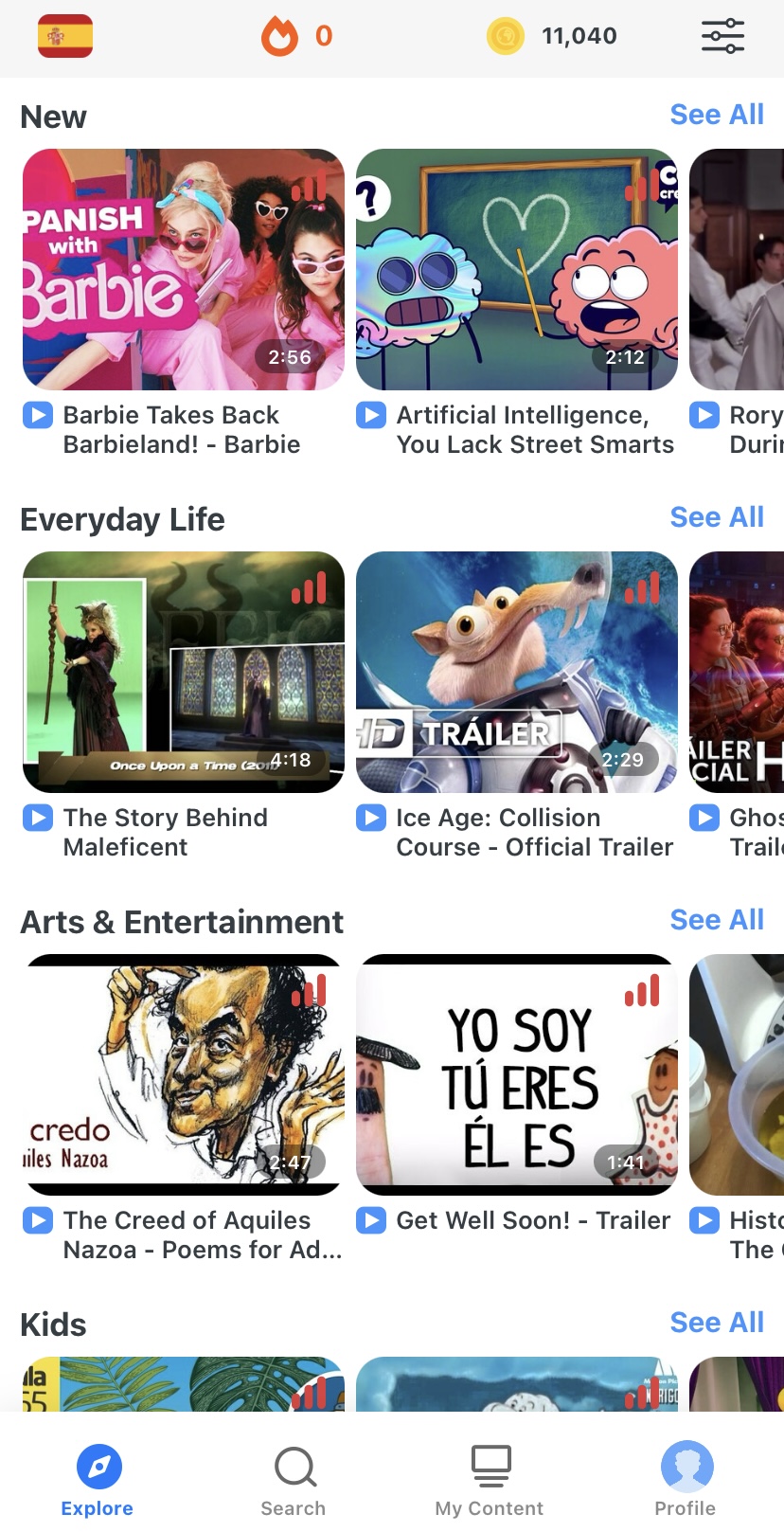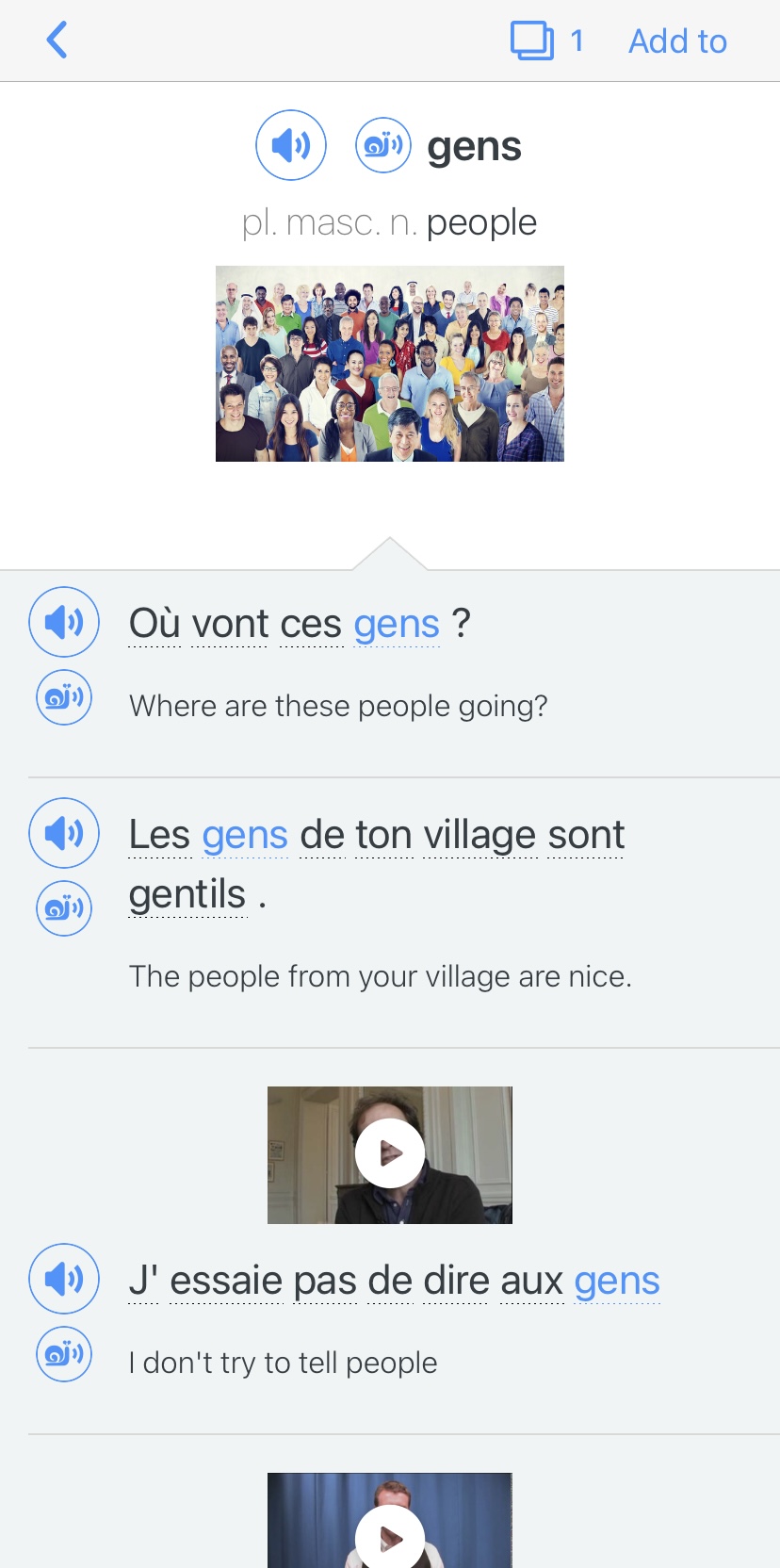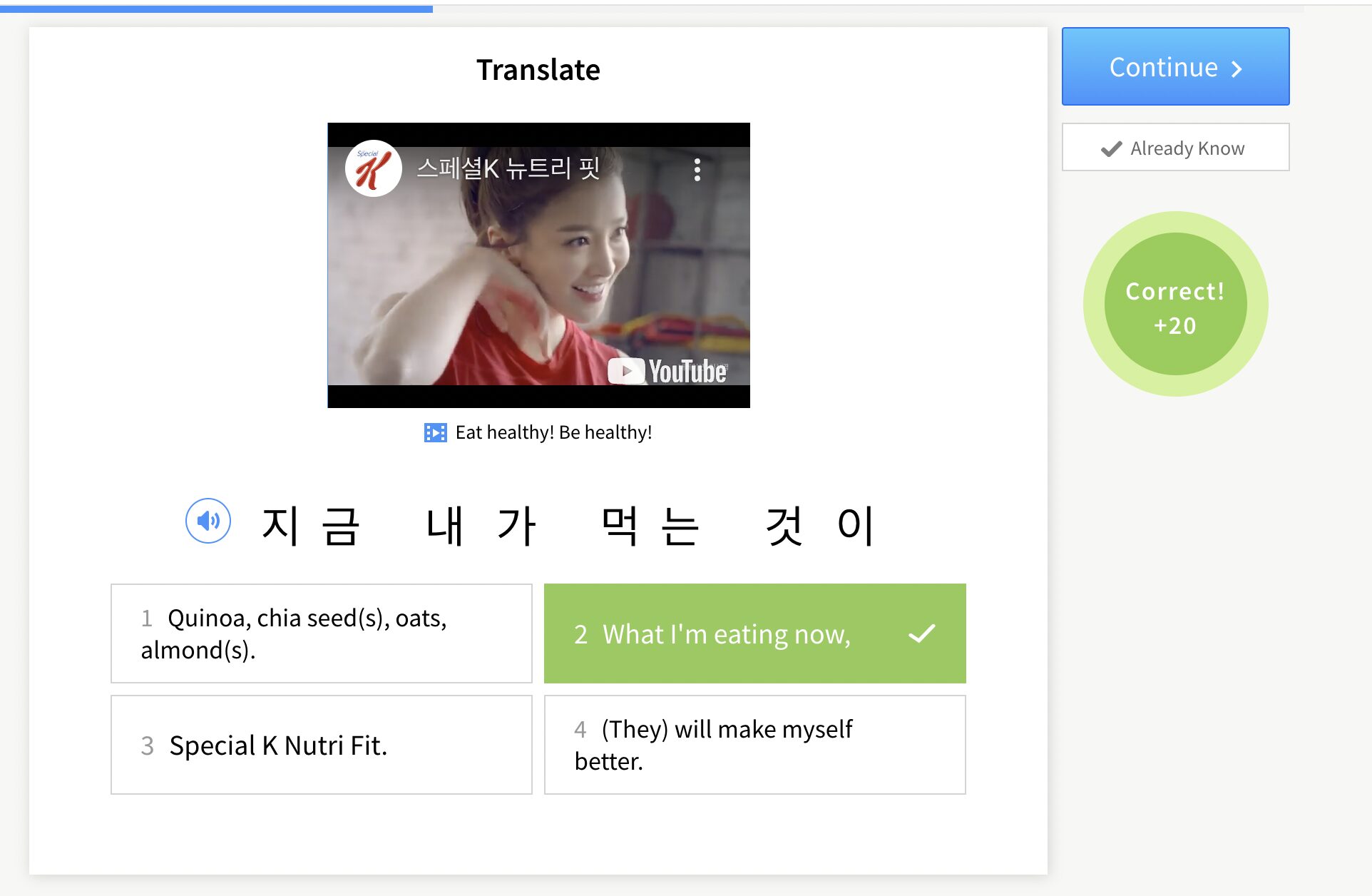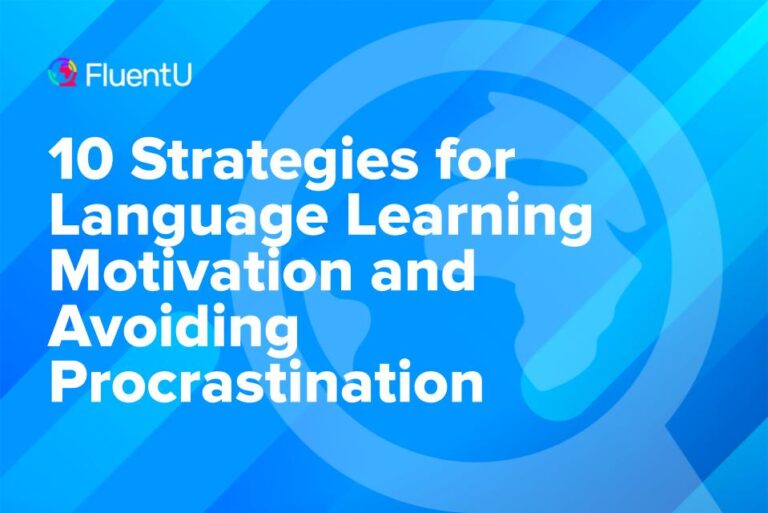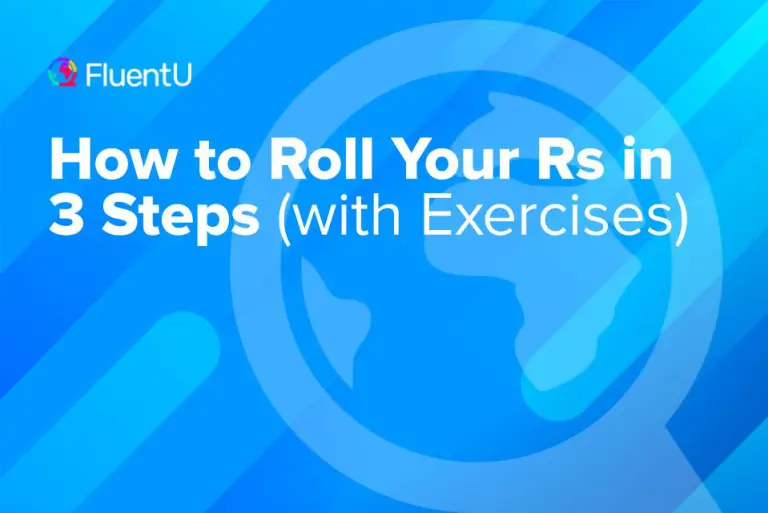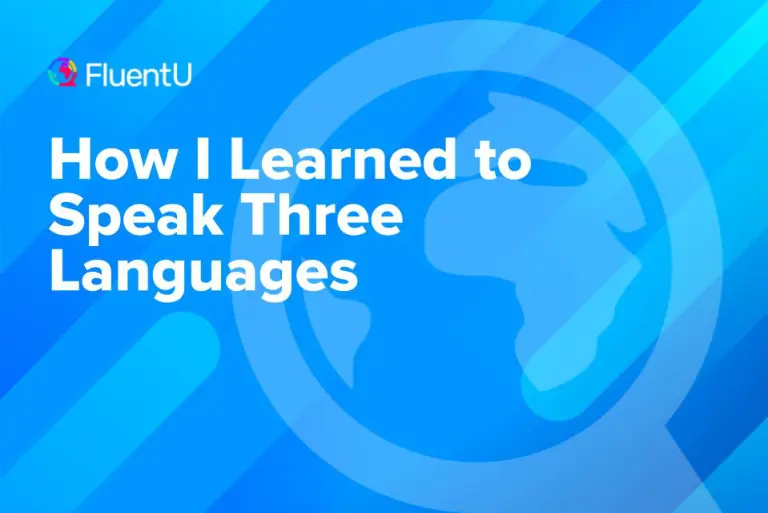How to Learn a Language Independently

Independent language learning doesn’t mean you’re studying in isolation. In fact, you could be taking a language class with any number of students and still be an independent language learner.
This flexible, effective approach to learning a new language just means that you’re in control of the process. Read on for what independent language learning is (and isn’t), why it’s helpful and four things you should be doing as an independent learner.
Download: This blog post is available as a convenient and portable PDF that you can take anywhere. Click here to get a copy. (Download)
What is Independent Language Learning?
Independent language learning is self-directed learning.
It’s taking full responsibility for the process. It’s deciding what you want to learn and how you want to learn it. It’s having the freedom to customize your learning experience.
The opposite is letting someone else tell you what you should be doing. Someone who is not an independent learner will take a pre-existing course or program and swallow it hook, line and sinker without thinking any further about it.
Not so with the independent learner. This is a student who carefully tailors their language learning to their needs—even if they’re in a group language course.
That doesn’t mean you should go it alone or that you can’t benefit from the experience of others, however. Two very important points to keep in mind are that:
- Independent language learning is NOT teacher-less. A common misconception is that independent learners must figure everything out on their own, but this isn’t the case at all. In fact, a good language teacher or tutor knows how to mentor and facilitate—they guide students towards individual goals instead of spoon feeding them tightly structured lessons.
- Independent language learning is NOT peer-less. Again, you shouldn’t lock yourself in your room while you study. On the contrary, independent learning means full engagement, immersing yourself in the language and employing all types of learning materials—including other people.
Independent language learning is really about the realization that you are responsible for your own linguistic fate. You’re not depending on anybody else and passively waiting for the world to help you along.
Instead, you’re actively working with your teachers and plotting a route which will get you to your destination. You’re talking to fellow language learners and native speakers. You’re getting feedback and applying it to your language use and studies.
There are many ways to meaningfully learn a language, but at the end of the day, you are responsible for your own journey. Acknowledging this even has the power to make you more confident and a more effective language learner.
Having control over your own agenda is very motivating. In addition to putting that fire in your belly, independent language learning is inherently fun and interesting—you get to pick the route you want to experience so that you enjoy the journey, not just the destination.
How to Become an Independent Language Learner
If you’re going to engage with your own learning, you’ll need to know a lot about yourself, your motivations and the specific things you want to accomplish. (Learning these things is beneficial for any learner, and highly worth it!)
Here’s what you need to do to learn a language independently:
1. Set your own goals
The first thing you need to do is to figure out what you want. “Learn Spanish” is actually very vague and it can mean different things for different people.
As an independent learner, you need to ask yourself some basic questions about what you really want to accomplish:
What do you really mean when you say you want to “learn a language”?
A) Learn enough phrases to get by when traveling in a foreign country.
B) Learn the language to use it in a job (e.g., as a nurse, businessperson, lawyer).
C) Reach native-level fluency.
Which of the major language skills is most important to you?
A) Speaking
B) Reading
C) Writing
D) Listening
(Note: In the course of your language studies, you’ll inevitably practice and develop all four of these skills. But for your goals, it’s good to determine which you want to prioritize as it will dictate the kinds of exercises and activities you engage in.)
What time frame do you have in mind for learning the language?
A) Three months
B) Six months
C) One year
What are some realistic daily/weekly goals?
A) Study for 10 minutes a day.
B) Study for 30 minutes before bed.
C) Meet up with your language exchange partner twice a week.
There are unlimited ways you can customize your language learning experience, so the options above are only examples. You’ll notice that they’re still relevant even if you’re taking a language class, too.
In any case, you should not only customize your experience but determine the above factors from the very beginning. Most people simply decide that they want to learn a language and click the first YouTube video that comes their way.
To gain the benefits of being an independent learner controlling your own fate, however, you’ve got to have a higher level of self-awareness and plan out how you’ll learn the language.
2. Choose your own materials
The internet, with its near infinite variety of content, is spoiling you for choice of language learning materials. That means you need to be deliberate about choosing them.
The key is to create your own mix of content. Make sure you have all your bases covered to give yourself a nice cross-section of the language landscape.
Even if you’re a visual learner, don’t solely go for visual content. Check out some podcasts and audiobooks, too! Get the whole shebang so you know you’re not neglecting any language skills or missing anything that could be majorly beneficial.
Consider going with at least one of each of the following content categories (or something roughly equivalent):
- Grammar textbook (e.g., “Complete Spanish Grammar” or “Easy French Step-by-Step”)
- Podcast (e.g., any of these great podcasts you can find online)
- Dictionary app (e.g., “English-Korean Dictionary”)
- Translation app (e.g., Google Translate)
- Flashcard app (e.g., Anki)
- Language exchange app (e.g., HelloTalk, Speaky or another from this list)
- Tutorials (e.g., YouTube channels like Butterfly Spanish or Sweet and Tasty TV (Korean))
- Language teacher/tutor website (e.g., Verbling, where you can search for a tutor for the language you’re studying using a huge variety of different factors like price and specialty, then take your lessons right there on the site)
- Online language learning program (e.g., FluentU)
FluentU takes authentic videos—like music videos, movie trailers, news and inspiring talks—and turns them into personalized language learning lessons.
You can try FluentU for free for 2 weeks. Check out the website or download the iOS app or Android app.
P.S. Click here to take advantage of our current sale! (Expires at the end of this month.)

Now, let’s say you’ve found a suitable language program.
Because there’s no such thing as a perfect program that’s equally strong in all aspects of a language, you should feel free to use other content for support. If a chapter in your grammar book doesn’t do the job explaining French verbs, for example, perhaps a video tutorial can.
And on the other hand, have you ever read something for two hours and not understood any of it? Maybe it’s telling you to look for something else.
You should be ruthless in weeding out content. There’s plenty of material out there, but it’s not all for you. The key is to know quickly if a textbook, a YouTube channel or a language tutor is working for you. If not, move on.
3. Get a lot of feedback
I’ve already mentioned the importance of self-knowledge or self-awareness in independent language learning. For this to happen, you need to get a lot of feedback.
Feedback tells you if you’re moving in harmony with your goals, if you’re stuck or if you need to institute changes.
Here are some activities that help you get feedback directly from others and/or yourself:
- Doing language exercises and drills
- Recording yourself talking in the target language
- Talking to a native speaker and asking for tips
- Joining and being active in language learning communities
- Maintaining a language learning diary or journal
- Getting a language exchange partner
Activities like those help language learners gauge the pace and direction of their learning journey. Based on your test scores, comments from native speakers or what you read in your journal, you can assess if you’re accomplishing what you want to accomplish and if making changes is necessary.
4. Make your own changes
As stated earlier, the independent learner plots their own route to language acquisition. You can get the help of a whole village, but at the end of the day, it’s up to you to institute changes when the need arises.
And the changes we’re talking about here can come from all corners:
- You can change your goals by revising, expanding or cutting them.
- You can change your materials—especially if they’re putting you to sleep.
- You can change your language teacher.
- You can change your study schedule, or the amount of time you put into it.
- You can change the language itself!
Basically, you can change anything. The wonderful thing about being an independent language learner is that you’re not boxed in or forced into doing anything just because it’s part of the curriculum. You are the curriculum master and you can tailor everything to your liking.
So, when should you make changes? A new study schedule or a new tutor can be challenging initially, even if it’s ultimately a good fit. So how do you know something’s not working and that it’s time for some alterations?
Good question! I recommend you follow the “rule of three”:
- Three sessions with your new tutor and you’re still not clicking? Surely you can find another you’ll bond with from the get-go.
- Three sessions on the new study sched and you feel there’s basically no progress happening? Try a different one.
When what you’re doing isn’t taking you to your goals or it’s not getting you there at a reasonable pace, never be afraid to try something else. You can always go back to the original later, after all.
Keep in mind those four practices you need to do to be an independent language learner, and how that will help you really master your target language.
There’s exhilarating freedom in plotting your own personal language journey. Good luck to you as you do so!
Download: This blog post is available as a convenient and portable PDF that you can take anywhere. Click here to get a copy. (Download)
And One More Thing...
If you're like me and love learning languages through real-world content, FluentU is a game-changer. With FluentU, you're not just memorizing words—you’re learning how native speakers actually use them.
With our newest feature, you can now bring FluentU’s interactive tools to any subtitled content on YouTube or Netflix—or even import YouTube videos directly into your FluentU account!
You’ll also get access to a huge variety of content in our curated video library, from movie trailers to news clips, music videos, and more. The best part? FluentU makes this native-language content accessible for learners of all levels.
While you watch, you can tap on any word in the interactive subtitles to see a definition, an image, audio, and useful example sentences. Want to practice new words later? Add them to your flashcards with one click. No more pausing to look up and write down new words!
And FluentU helps you actually remember what you learn with personalized quizzes, plenty of example sentences, and extra practice with the words you find difficult.
Ready to start learning in a more natural, immersive way? Try FluentU on your computer or tablet, or download the FluentU app from the App Store or Google Play. Click here to take advantage of our current sale! (Expires at the end of this month.)

